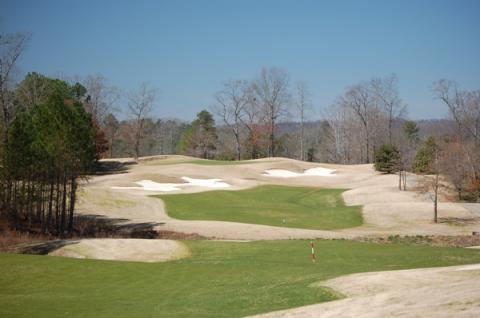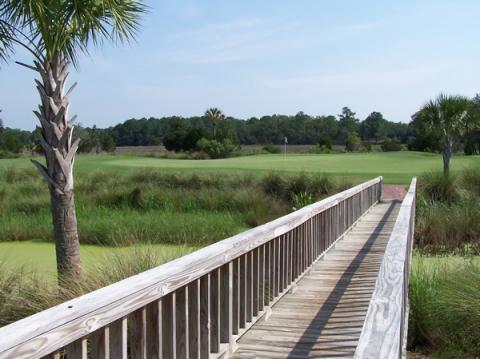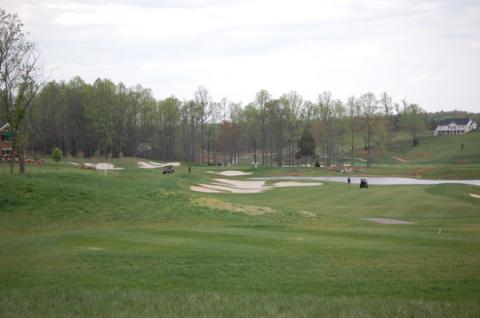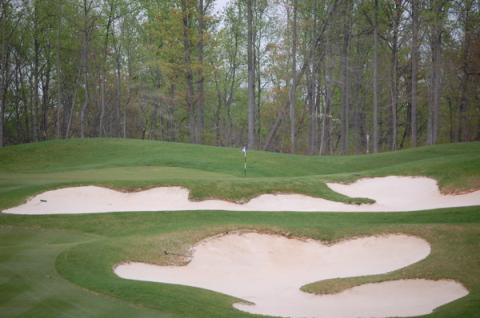
You can have yourself a good walk on the fairways of Silver Lakes Golf Club, near Gadsden, AL. The 7th, a par 5, features all R.T. Jones design elements packed into one hole.
Prevention magazine and the American Podiatric Medical Association have published their list of the best and worst U.S. cities for walking. Southern cities did not fare well.
On the top-10 list, no city south of Washington, D.C. made the grade, unless you count Honolulu as south (Hawaii is, after all, the most southern of the 50 states). Cambridge, MA, tops the list. Been there, can't argue.
Southern cities are unfortunately well represented on the list of the worst 10 for walking. Two I have visited recently, Gadsden, AL, and Mt. Pleasant, SC, weigh in at 3rd and 5th worst respectively. Gadsden's poor showing surprised me; any city that has a river run through it, in Gadsden's case the attractive Coosa, invites a stroll. Every year, the Coosa and well known concert acts lure thousands of people to the annual River Fest celebration. They don't come to stand in one place but rather to walk along the river. I think Prevention and the foot docs may have erred on this one.
I can't fault the choice of Mt. Pleasant though, a town with which I am especially familiar. I visit the area whenever I am in residence at Pawleys Island, about an hour north, and I've reviewed Mt. Pleasant's substantial golf communities and played their courses. Mt. Pleasant is just north of Charleston, which itself should have made the top-10 list, along with Savannah. If walking through malls counted for anything, Mt. Pleasant might be the best walking city, but the many shops that have opened along the highway have served to clog traffic and take away what little interesting walking space there was. Walking in the small downtown area provides just a few blocks of respite.
The small neighborhood adjacent to the Silver Lakes Golf Club, and about 10 minutes from Gadsden, offers some of the best bargains in golf course real estate anywhere. The golf club's three nines, with the appropriate names Backbreaker, Mindbreaker and Heartbreaker, are excellent and well maintained, just above midpoint on the Robert Trent Jones Trail. A nine-hole short course features some of the toughest par 3s I've encountered, all but one over water.
Don't take my word about Gadsden. River Fest this year is June 13 & 14, and there are some classic concert acts lined up for the two-day event, including Billy Ocean, Sister Hazel and Clint Black. Play 27 at Silver Lakes and then kick back down by the river in Gadsden. Web site: Gadsdenriverfest.com.
For a ranking of the top 500 cities to walk in, go the the APMA web site and enter the words "best walking cities" in the search box.

The walk to the 11th green at RiverTowne Golf Club in Mt. Pleasant is magnitudes more pleasant than most walks in the mall-happy town.


























